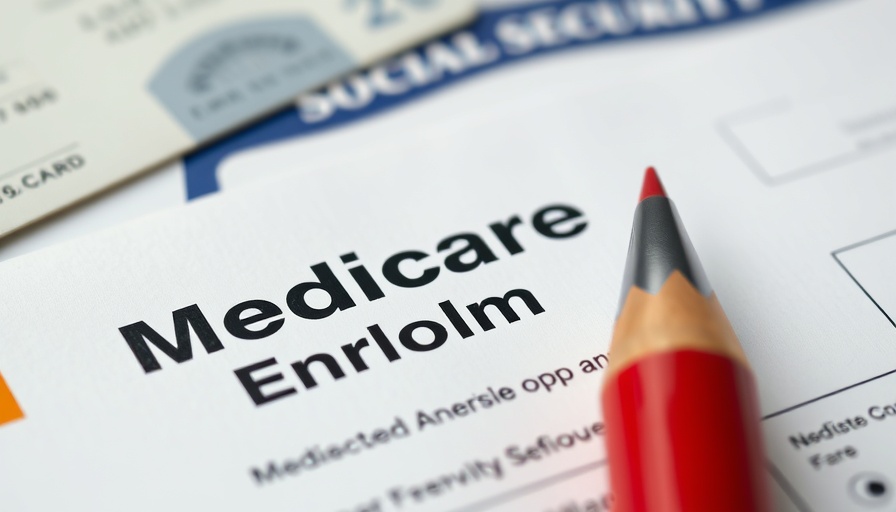
The Impending Vote on Health and Food Assistance Cuts
As the nation grapples with an impending House vote on critical funding cuts to health and food assistance, the ramifications could be nothing short of catastrophic. The recent budget bill passed by Senate Republicans aims to slash services such as Medicaid, Medicare, and SNAP (Supplemental Nutrition Assistance Program), putting over 17 million Americans at risk. This is not just about budget numbers; it’s about lives and the well-being of millions who rely on these essential services.
Why These Cuts Matter to Healthcare Providers
For independent physicians, nurse practitioners, and other healthcare professionals, these cuts pose a daunting challenge. The proposed changes in Medicaid threaten to undermine crucial healthcare services for low-income patients, making it harder for providers to support their health needs. Practices may find themselves dealing with an influx of uninsured patients due to stripped coverage, complicating care continuity and burdening already stretched resources.
Destruction of Medicaid and Medicare
The repercussions of these cuts are alarming. Implementing work requirements, increasing costs for existing enrollees, and making qualifying conditions more stringent are some of the drastic measures outlined in the proposed legislation. The projected impact? Fewer patients with health coverage, leading to higher emergency care demands, and increases in overall healthcare costs. With the addition of significant rollbacks in Medicare, including the stripping of essential coverage and cost-assistance programs, your practice might soon face overwhelming challenges that hinder both patient care and your operational efficiency.
Impact on Food Security
The bill doesn’t just target healthcare; it threatens access to food assistance as well. By increasing bureaucratic hurdles and shifting costs to states, many low-income families, individuals with disabilities, and older adults could find themselves facing food insecurity. Healthcare providers will be increasingly involved as they undertake enhanced efforts to address malnutrition and its health consequences within communities severely impacted by these cuts.
Current Political Landscape
The urgency of taking action has never been greater. With July 4th as a target date for the bill’s passage in the House, time is of the essence. Advocacy groups such as the Medicare Rights Center have strongly condemned the legislation, encouraging everyone from healthcare providers to patients to voice their concerns about the harmful effects of this budget. Reaching out to senators with calls to reject these cuts could be pivotal in changing the outcome of these decisions.
Mobilizing to Make a Difference
Healthcare professionals, community pharmacists, and care providers are pivotal in mobilizing voices against these cuts. Not only can healthcare professionals advocate for their patients, but they can also educate communities about what the cuts mean in tangible terms—immediate access to necessary healthcare and food assistance is at stake.
Looking Forward: What Can You Do?
As independent health providers, your voices can act as powerful tools for change. Encourage patients to participate in advocacy efforts aimed at preserving crucial health and food assistance programs. Share insights about these impending changes and empower them with ways to respond. This community engagement not only supports patients but reinforces the healthcare ecosystem that drives your practice.
For the broader impact of the cuts to be recognized, all hands must join in the effort against it. The reality is clear—direct outreach to lawmakers could make a significant difference during these discussions and ultimately influence favorable decision-making on legislation affecting vital health services.
The ongoing situation requires immediate attention from healthcare professionals to educate patients about potential impacts while actively encouraging advocacy at the legislative level. Don’t wait for the vote. Take action and advocate for health and food assistance support!
 Add Row
Add Row  Add
Add 




Write A Comment